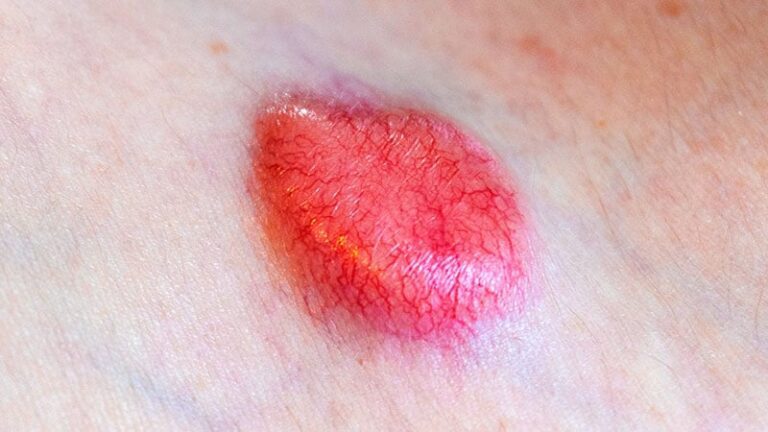CARLSBAD, Calif. — The idea of using nonablative fractional lasers to reduce the risk of nonmelanoma skin cancer has gained support in recent years, and a key 2017 publication laid the groundwork for current approaches, according to Elizabeth Tanzi, MD.
At articlewhich was published in Molecules, Mike Kemp, PhDand Jeffrey Bryant Travers, MD, PhDat Wright State University, Dayton, Ohio, and Dan F. Spandau, PhDat the Indiana University School of Medicine, Indianapolis, showed that geriatric skin responds to ultraviolet B (UVB) radiation differently than young skin due to differences in the levels of skin-produced growth factor 1 (IGF-1). “As we age, our fibroblasts become senescent, inactive,” said Tanzi, associate clinical professor of dermatology at George Washington University, Washington, DC. Controversies and debates in Laser and Cosmetic Surgery symposium. “They don’t make as many growth factors, especially IGF-1, and so we don’t stimulate the reactions. We need more of our growth factors.”
Later, separate workTravers, Spandau et al found that the use of dermabrasion or fractional laser resurfacing for skin injury can lead to increased levels of cutaneous IGF-1 and normalization of the abnormal pro-carcinogenic UV response associated with geriatric skin – a treatment which has the potential to prevent non-melanoma skin cancer. That study “was the epiphany” for boosting interest among laser and medical researchers, Tanzi said.
In one retrospective cohort study, Mathew Avram, MD, JDand colleagues reviewed patients with a history of facial keratinocyte carcinoma (KC) treated at Massachusetts General Hospital in Boston between 2005 and 2021. The study population included 43 patients treated with either the 1927 or 1550 nm nonablative fractional laser. . NAFL) and 52 matched controls. The rate of subsequent development of facial KC was 20.9% in NAFL-treated patients and 40.4% in control subjects (relative risk, 0.52, P = .049).
During a separate presentation at the meeting, Avram, director of lasers and cosmetics at Massachusetts General Hospital in Boston, Mass., said that when he and his colleagues controlled for age, gender and skin type, the controls had 2, 65 times more likely to develop new facial KC compared to those treated with NAFL (P = .0169). “This enhanced effect was seen with the 1550 nm device compared to the 1927 nm device,” Avram said. “Our study shows that NAFL 1550-nm/1927-nm may have a protective effect for patients with a history of KC, but the role of each wavelength needs to be determined. We also need a prospective, controlled study to verify the results.”
In an ongoing study presented for the first time at the American Society for Dermatologic Surgery 2023 annual meeting, Tanzi and colleagues enrolled 15 patients aged ≥ 55 years to evaluate restoration of normal features and biomarkers in skin treated with 25% trichloroacetic acid (TCA). plus NAFL 1550 nm or 1927 nm. Four back sites were treated and biopsies were obtained at baseline and 3 months after treatment. The protocol consisted of 25% TCA in spot frost, with the 1550 nm device set to level 6 at 70 mJ and the 1927 nm device set to level 8 at 20 mJ. Immunohistochemical stains are still pending. However, physiological changes were observed.
Three months after a single treatment, areas treated at 1927 nm showed statistically significant fibroblast elongation (according to younger fibroblasts) on histology. “Although it’s not a large study, it supports the growing body of research showing that we’re improving the health of our patients’ skin with certain types of laser treatments, not just beautifying it,” Tanzi said.
Tanzi disclosed that he is on the advisory board of AbbVie/Allergan and Sciton. He is also a consultant for Alastin/Galderma, Candesant Biomedical, Cytrellis, Inc., Revance and Solta Medical. Avram disclosed that he receives intellectual property rights from and holds stock options in Cytrellis, Inc. He is also a consultant to Allergan and holds stock options in BAI Biosciences, Sofwave and La Jolla NanoMedical.


